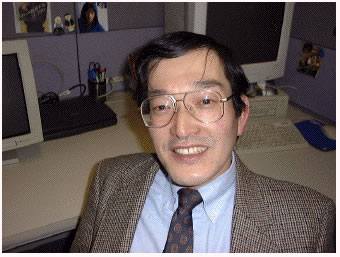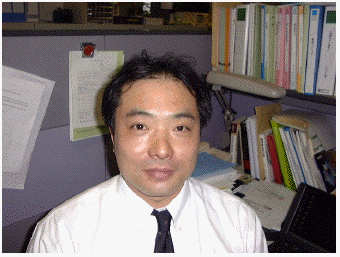Collaboration with Central Research Institute of Electric Power Industry (CRIEPI), Japan
There is considerable fascination with the changes that are taking place in the Japanese and US economies and even more interest in the trade relationships between the two countries. Far less is known, however, about the nature of the changes that are taking place at the regional level in both countries – are they similar? what is happening to the size and spatial organization of interregional trade within both countries? are regional economies in Japan diversifying in the same way that similar economies are in the US?
To provide the basis for an extensive study of regional economies in both countries, the Regional Economics Applications Laboratory and the Central Research Institute of the Electric Power Industry (CRIEPI) in Tokyo, Japan, have entered into a three-year collaborative agreement. As part of this agreement, REAL will assist researchers in CRIEPI in the construction of regional econometric-input-output models for selected Japanese regions. These models will be structured in similar form to REAL’s US models, thus enabling a more accurate and useful comparative basis.
In the summer of 1998, Mr. Arai and Dr. Ohkawara from CRIEPI visited REAL’s offices in Chicago and Urbana. Meetings were arranged with senior officials at the Federal Reserve Bank of Chicago and the University of Illinois at Urbana-Champaign. In Urbana, Mr. Arai presented a signed copy of the Memorandum of Agreement between CRIEPI and REAL to Chancellor Michael Aiken. While this Agreement initially focuses on REAL and CRIEPI’s collaboration, the potential exists for other research activities to be conducted
In addition to these activities, a new series of collaborative Discussion Papers will be prepared (beginning with 99-CR-1) to help disseminate the results of the research. Colleagues from both institutions will exchange visits, some for periods of several months. In Fall, 1998, Mr. Kazumi Hitomi from CRIEPI was in residence at REAL and Geoffrey Hewings from REAL will spend a week with CRIEPI colleagues in Tokyo and Hiroshima, the center of the Chugoku region for which the first CRIEPI-REAL model will be constructed.
CRIEPI Researchers
Dr. Toru Ohkawara

Mr. Kazumi Hitomi

02-T-13
Life Cycle Changes in Consumption Behavior: Age-Specific and Regional Variations
Masayo Wakabayashi and Geoffrey J.D. Hewings
Abstract: While research conduced over the last two decades has pointed to the important role played by household consumption in regional economic models, little attention has been directed to the consumption impacts associated not only with income changes but also life-cycle changes. Using Japanese data, this paper explores some of the implications of life cycle changes on consumption behavior using a modified AIDS estimation system. Testing is directed to differences in age-specific consumption behavior and the potential differences in consumption by age and province.
[Download]
99-CR-1
Changing Inverse and The Role of Interregional Trade Dispersion
Kazumi Hitomi, Yasuhide Okuyama, and Geoffrey J.D. Hewings
Abstract: An earlier analysis (Hewings et al., 1998) revealed hollowing-out process, a decrease in the level of intermediation, in the Chicago economy during the period 1975-2011. The main force underlying this structural change has been the change in regional trade pattern in a way that interregional trades across economies has replaced the local purchases of intermediate inputs. The issue addressed in this paper focuses on the decomposition of structural change into changes in interregional trade and in technology, in order to investigate the nature of structural change over time and across sectors. The empirical realization is provided by reference to a series of regional input-output tables for a nine-region division of the Japanese economy (1980-1985-1990). The results indicate that interregional trade has played a major role in determining regional output level while technology itself had a tendency of advancement.